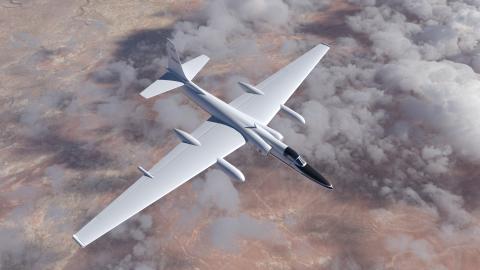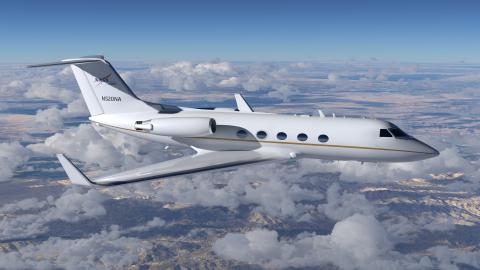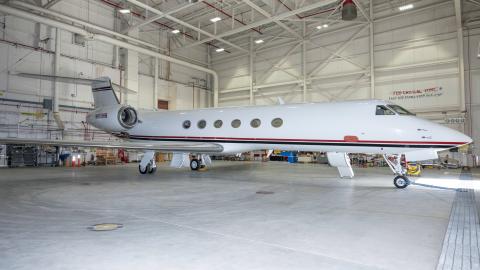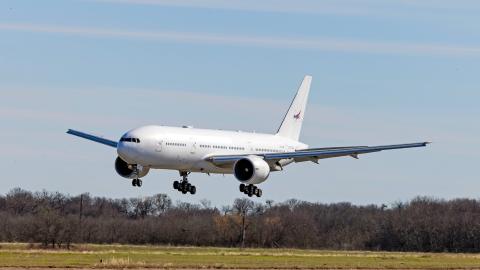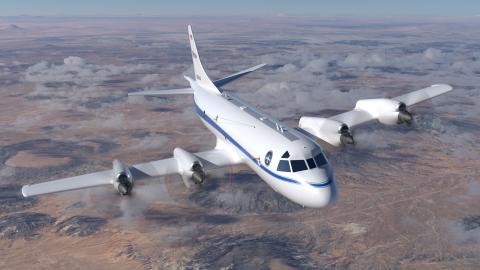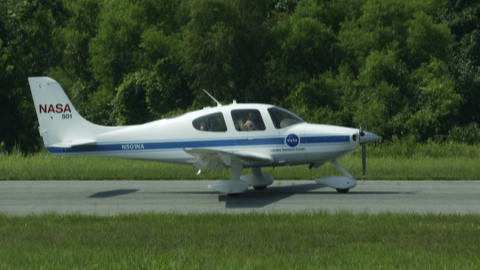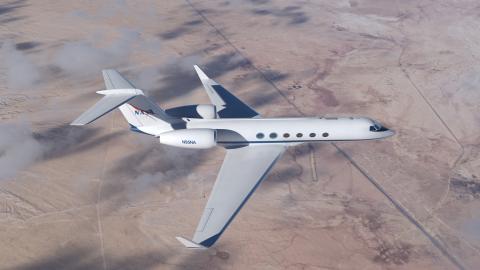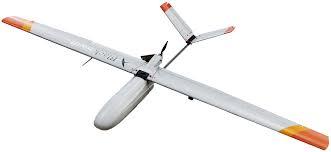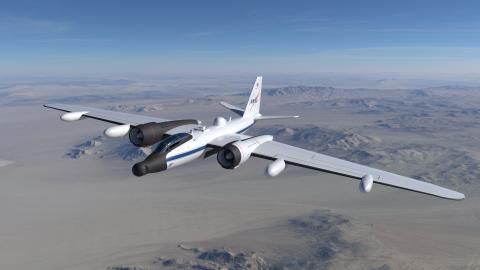Aircraft List
The Airborne Science Program enables access to a unique set of core-supported NASA aircraft that benefit the nation through earth science research, tactical emergency response to disaster events like wildland fires, and remote sensing supporting national objectives and priorities.
Reminder: All investigators with approved or pending proposals from the Research Opportunities in Space and Earth Sciences (ROSES) announcements that have a requirement for a NASA Airborne Science platform/instrument, must submit a Flight Request. The Flight Request is also the method to acquire an estimate if your proposal requires a cost estimate for Airborne Science support. However, for investigators proposing to participate on large, multi-aircraft experiments, a single Flight Request will be submitted for each mission by the Project Manager or Project Scientist. The Science Operations Flight Request System (SOFRS) can be reached directly at https://airbornescience.nasa.gov/sofrs.
ASP Supported Aircraft
Other NASA Aircraft
Other Federal Aircraft
Non-NASA Aircraft
NASA instrumentation may fly on non-NASA Federal aircraft as well as academic and commercial platforms for which agreements for access by SMD investigators are in place, in process, or have recently been approved by NASA Aviation Management as airworthy and safe to operate. For more information, please review the current ASP Call Letter for further requirements and guidance. Please note that in addition to filing the required Flight Request, investigators are responsible for contacting vendors to determine if the platform meets the requirements of the proposed scientific investigation. It is also the responsibility of the investigator to ensure that before any preliminary test flights or actual data collection flights utilizing NASA personnel, instruments or funds occur, all vendors successfully complete a NASA airworthiness/flight safety review in accordance with NASA Aviation Safety Policy for Non-NASA Aircraft.
Disclaimer: This material is being kept online for historical purposes. Though accurate at the time of publication, it is no longer being updated. The page may contain broken links or outdated information, and parts may not function in current web browsers. Visit https://espo.nasa.gov for information about our current projects.

